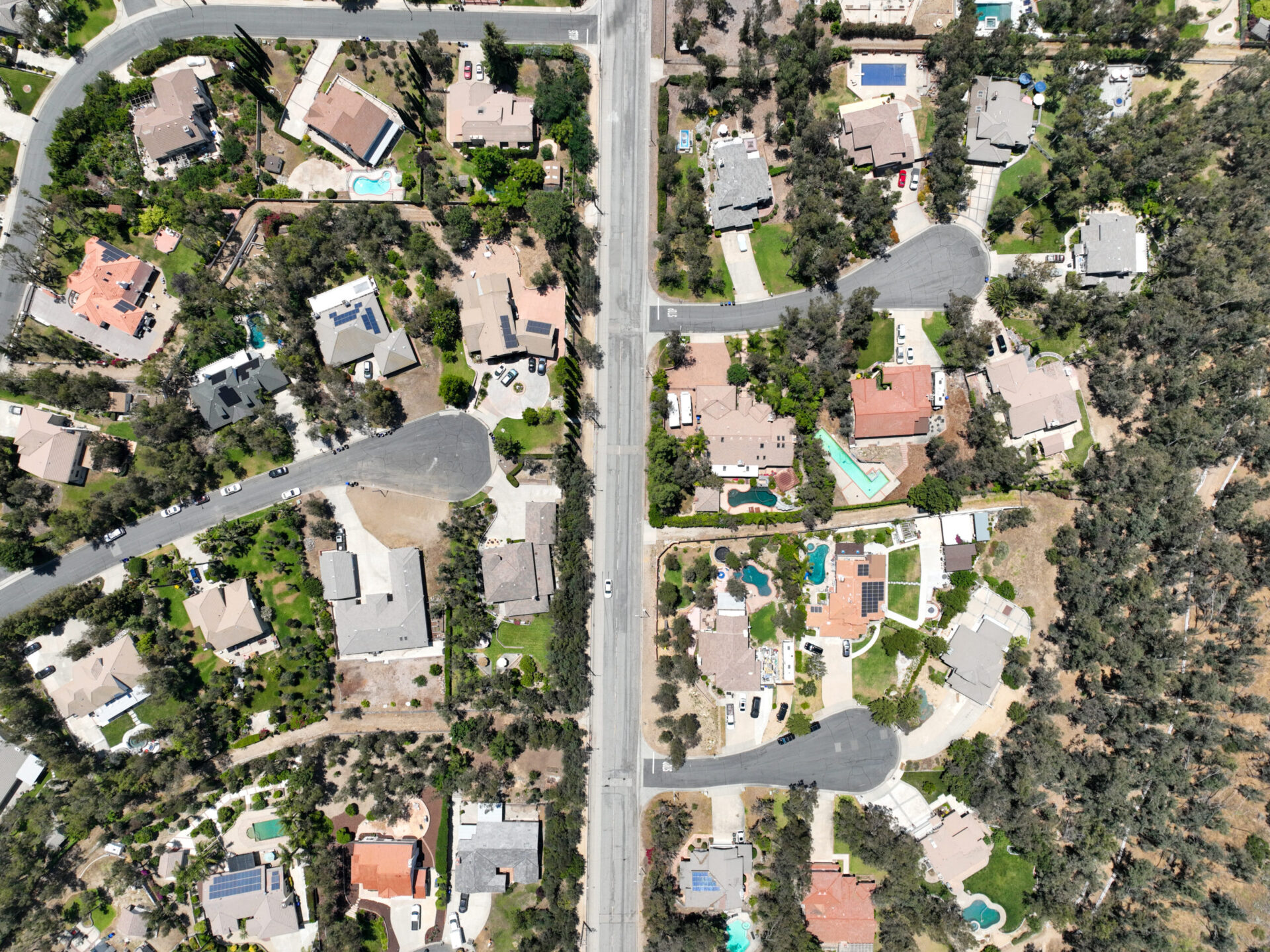As the housing cooldown continues, New Jersey, Illinois, and inland California have the highest concentration of at-risk markets, according to a new report from ATTOM.
The Special Housing Risk Report spotlights county-level housing markets that are more or less vulnerable to declines, based on affordability, unemployment, and other measures from Q2 2022.
The largest clusters of at-risk markets are around the NYC and Chicago metros, while Southern and midwestern starts have the least at-risk markets.
The top 50 at-risk markets include nine in and around New York City, six in the Chicago metro area, and 13 throughout the entirety of California. The rest are spread throughout the country, with three around Philadelphia.
These counties have elevated levels of unaffordable housing, underwater mortgages, foreclosures, and unemployment.
The South and Midwest had the highest concentration of counties considered least vulnerable to falling housing markets.
“The Federal Reserve has promised to be as aggressive as it needs to be in order to get inflation under control, even if its actions lead to a recession,” said Rick Sharga, executive vice president of market intelligence at ATTOM.
“Given how little progress has been made reducing inflation so far, the Fed’s actions seem more and more likely to drive the economy into a recession, and some housing markets are going to be more vulnerable than others if that happens.”
The Central Bank has raised interest rates multiple times this year in an effort to reign in inflation. Analysts expect at least a 3/4 point hike next week; Nomura is now predicting a full point increase.
The report emphasizes that recent risk gaps do not suggest markets will fall any time soon. Exploding home price growth in the last year has resulted in many homeowners having a safety net of equity, and profits are still high even as they begin moderating.
But that trend has worsened affordability and foreclosures on delinquent mortgages are rising, though they remain historically low.
Affordability has inched up as rates rise, forcing some buyers out of the market and pushing competition down. Further improvement could come alongside increasing inventory levels.
“Homebuyer demand has faltered this summer, as lingering economic uncertainty, high inflation, and still-high mortgage rates caused many prospective buyers to delay their home search,” Edward Seiler, MBA’s Associate Vice President, Housing Economics, and Executive Director, Research Institute for Housing America, said.
“The combination of a strong job market and moderating home-price growth could entice some of these buyers to return in the coming months.”
